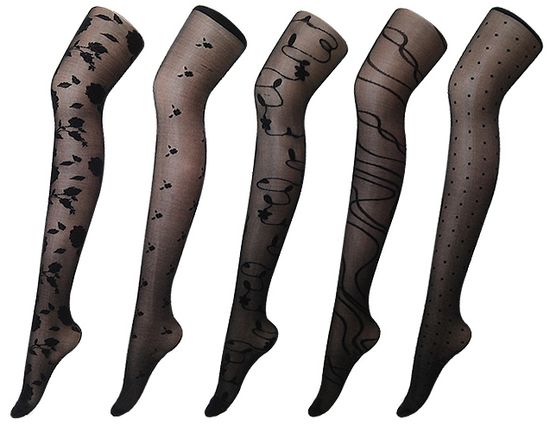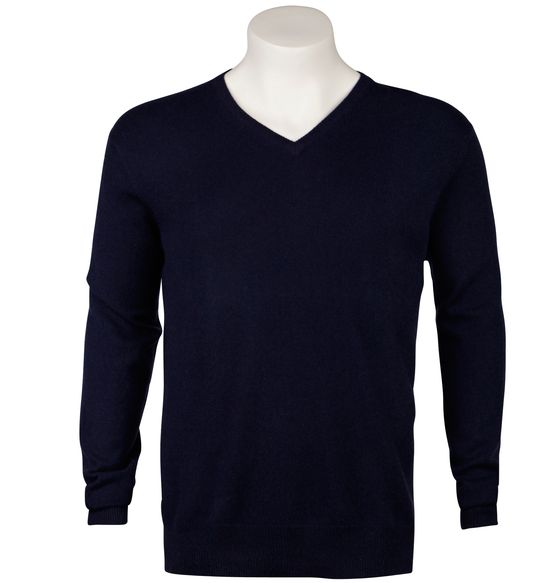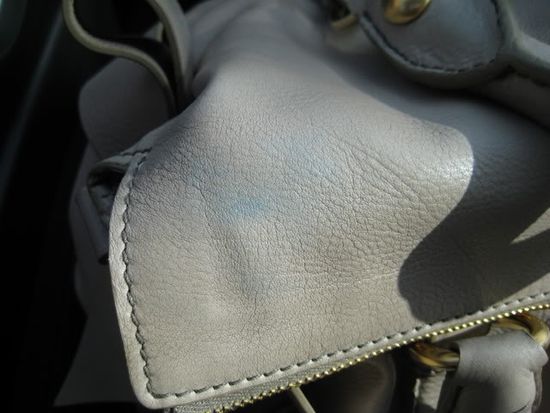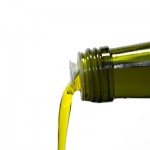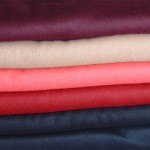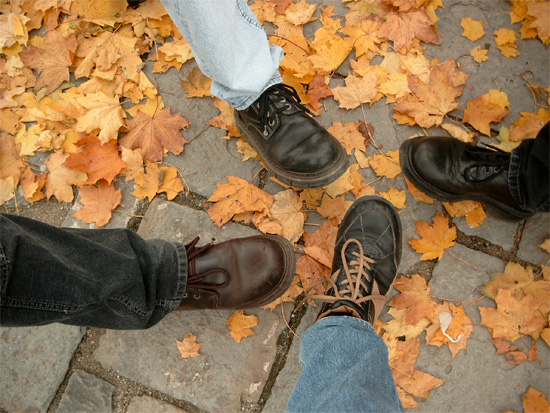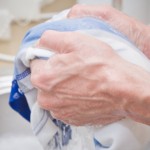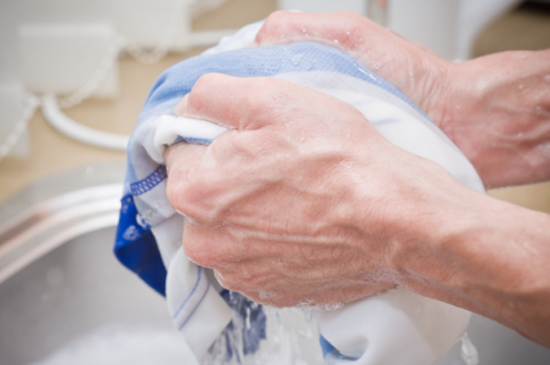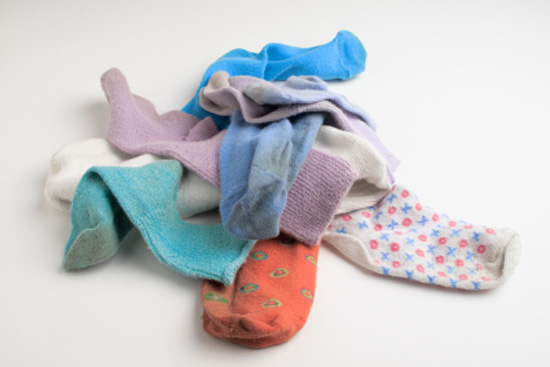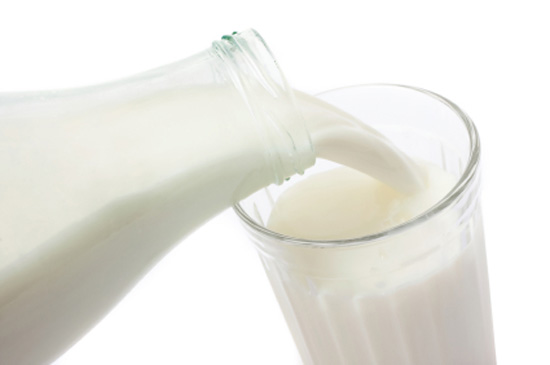Pulling on a T-shirt or other item of clothing to find out that it is full of static cling is so annoying. It inevitably happens when you don’t have time to deal with the problem or the clothes affected by it are the ideal choice for the day or the occasion. Static cling is so annoying because the more you pull the item away from you, the stronger it clings. Knowing what static cling is, how to prevent it and how to get rid of it will keep it from ever being a problem again.
Static cling is an electric attraction created by two items when there is low humidity. When the items rub together, a transference of electrons occurs. When this happens one of the items becomes positively charged and the other becomes negatively charged. In this situation the items adhere to each other. Typically it is the lighter weight object which adheres to the heavier one. It is a very common problem for clothes which are dried in a clothes dryer, especially during winter months when humidity is low.
You can prevent static cling in a variety of ways. You can use fabric softener liquid in the wash or a fabric softener sheet in the dryer to get rid of static cling. There is a chemical buildup on the clothes which prevents it from rubbing together and forming static cling.
For a more natural method of preventing static cling, you simply add a cup of vinegar to the rinse of your laundry. Of course, keeping the humidity up in your home will also help you to reduce the occurrences of static cling that you deal with because static electricity cannot thrive in conditions that are not dry. You should also remove clothing from the dryer before it is completely dry and hang it to finish drying. Another tip is to avoid synthetic clothes which tend to have many more static problems. Natural fiber clothing like cotton is much better in terms of static.
There are also static reducing sprays on the market that allow you to treat an item that you want to wear immediately. Another quick fix when time is of the essence is to rub a fabric softener sheet inside your clothes until the static cling is gone. Spraying a mist of water in the air and walking through it to get rid of static cling is another great, quick remedy.
If you are ready to invest in some clothes that are low risk for static cling, get some brand new custom-made cotton T-shirts. Customized shirts are always a good choice because you can truly get exactly what you are looking for. If you have a tee that goes great with a certain outfit but the fabric it is made from tends to get a lot of static cling, replace it with an identical cotton one. With custom-made shirts you can choose that perfect color, style, weight, quality and design to replace those shirts that you always have to fight with because of static cling.
Get custom-made cotton T-shirts today and care for them using the above tips, and you can say good-bye to static cling.


